#Robbie Fraser
Text
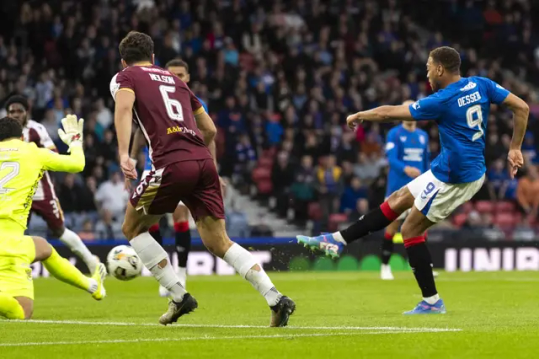




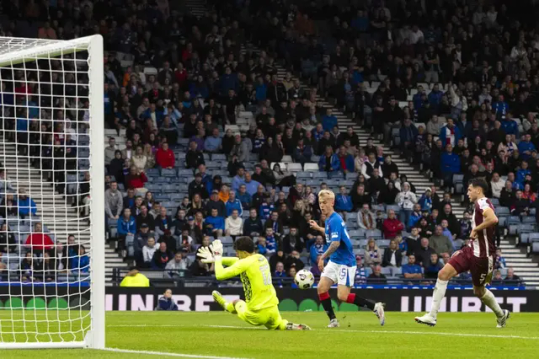
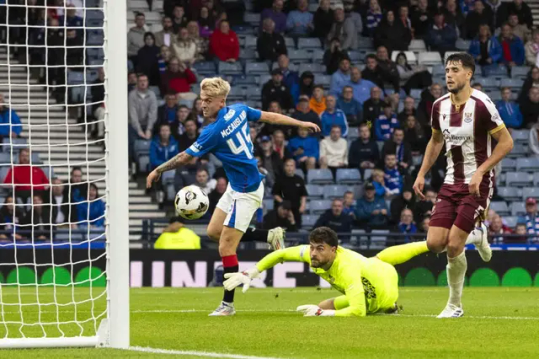
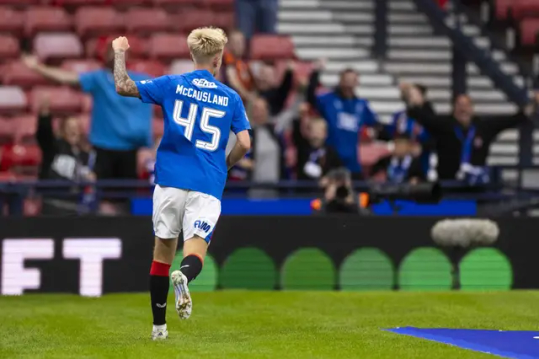
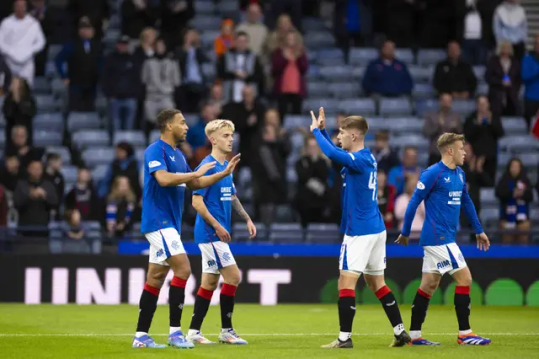
2024/25 SCOTTISH LEAGUE CUP
ROUND OF 16
Rangers 2-0 St Johnstone
17th August 2024
Hampden Park
Dessers (61'), McCausland (90+2')
#rangers fc#rangers#glasgow rangers#rangers football club#rangersfc-1872#rangersfc#scottish league cup#2024/25#2024/25 season#hampden park#ClementEra#clement era#cyriel dessers#ross mccausland#robbie fraser#cerny#vaclav cerny#jefte#connor barron#mohamed diomande#st johnstone#clement
3 notes
·
View notes
Text
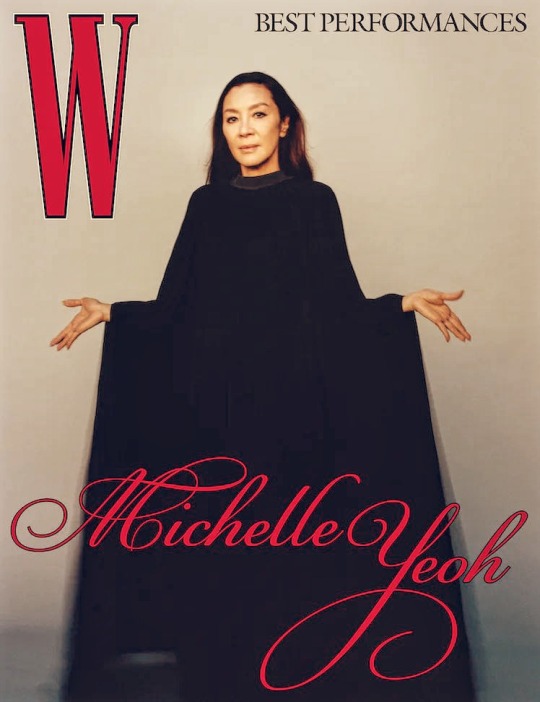


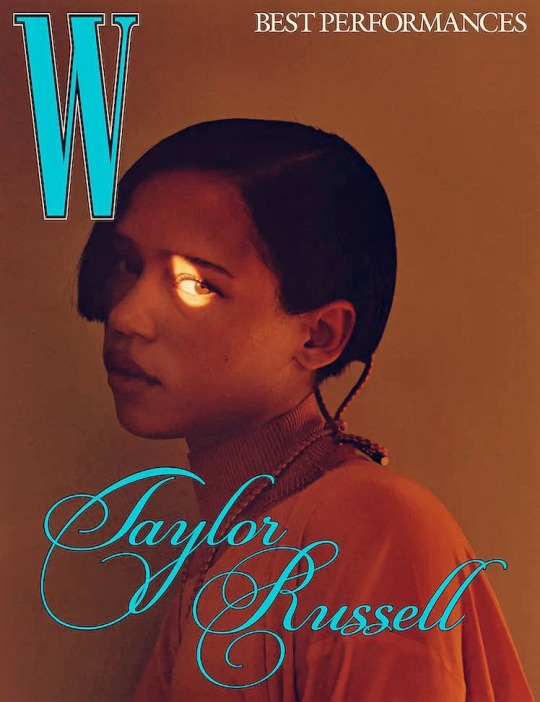

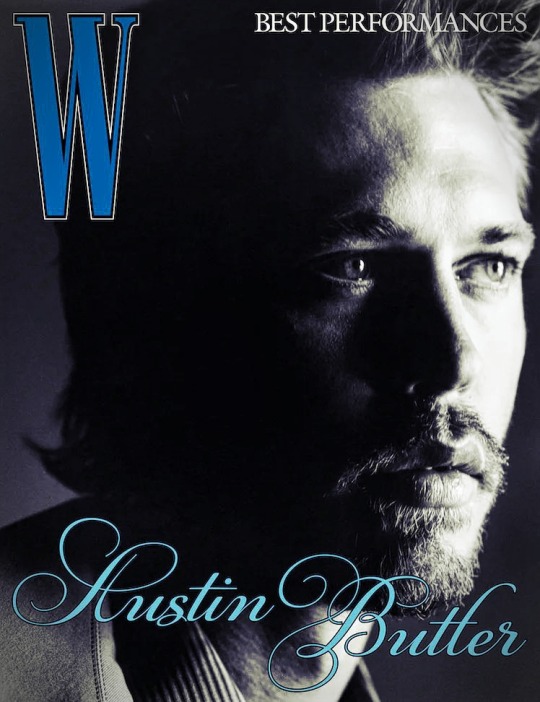

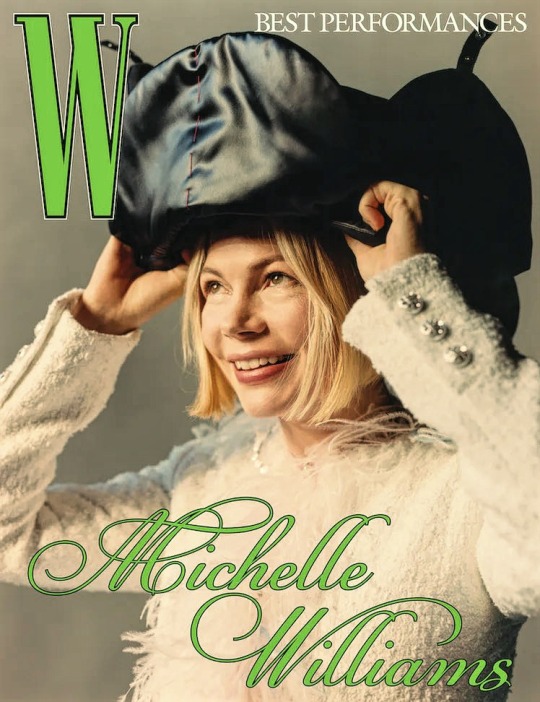
W Magazine: Best Performances /2023 Covers by Jamie Hawkesworth
#w magazine#brendan fraser#michelle yeoh#michelle williams#austin butler#taylor russell#cate blanchett#jennifer lawrence#tár#everything everywhere all at once#the whale#bones and all#elvis#the fabelmans#margot robbie
893 notes
·
View notes
Text

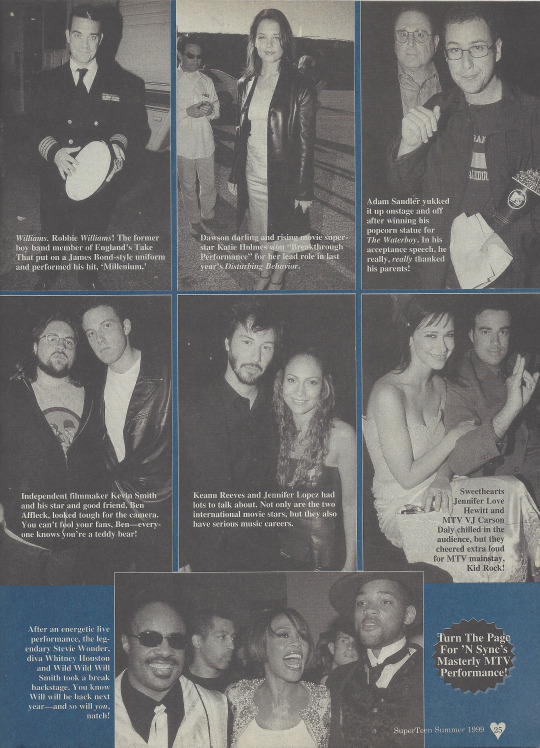
From SuperTeen, Summer 1999.
#superteen#teen magazine#1999#1990s#mtv movie awards#ricky martin#mike myers#rachel leigh cook#brendan fraser#keri russell#james van der beek#robbie williams#adam sandler#jennifer lopez#keanu reeves#ben affleck#whitney houston#stevie wonder#will smith#jennifer love hewitt#carson daly#kevin smith
34 notes
·
View notes
Text

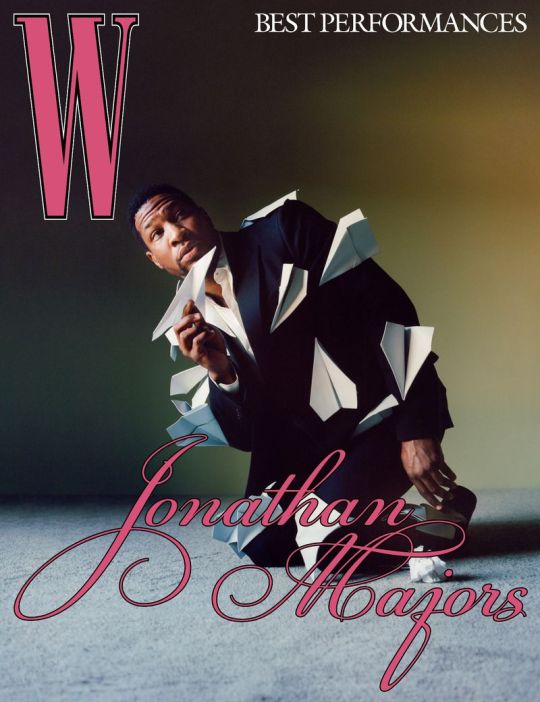

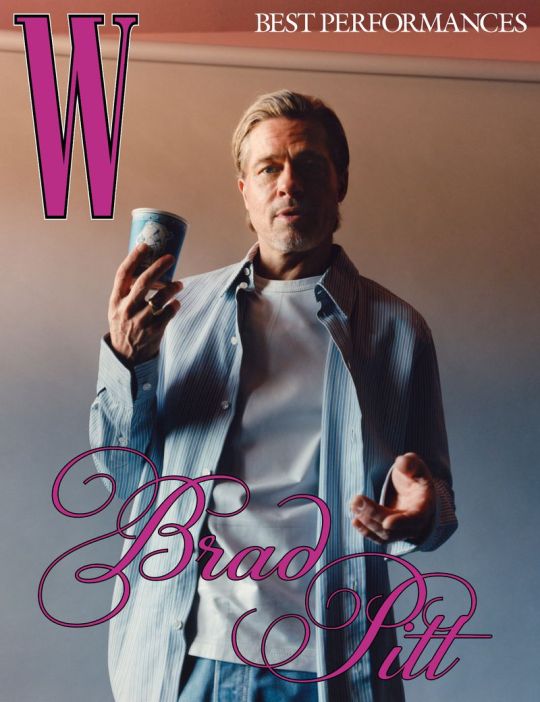


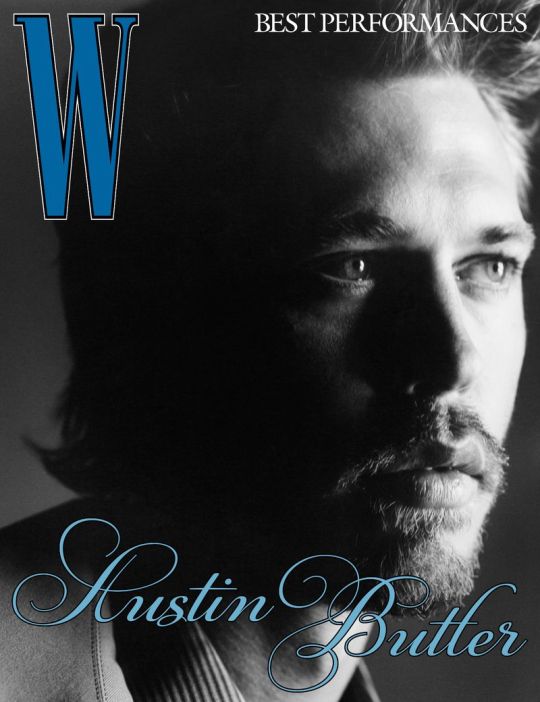



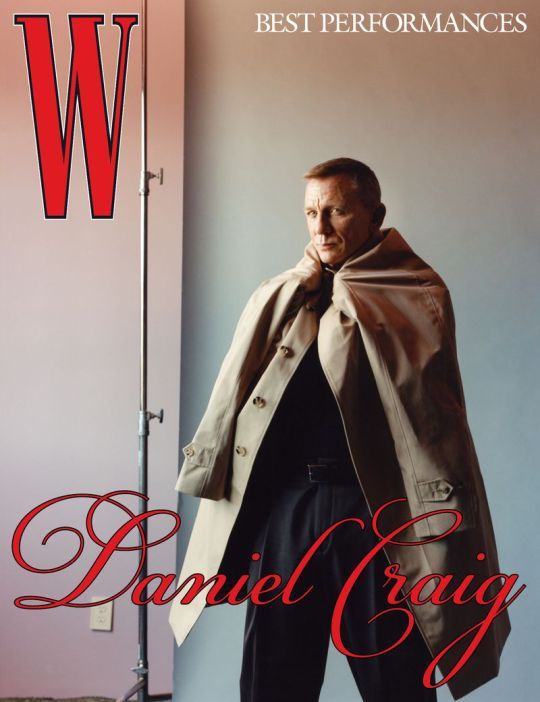



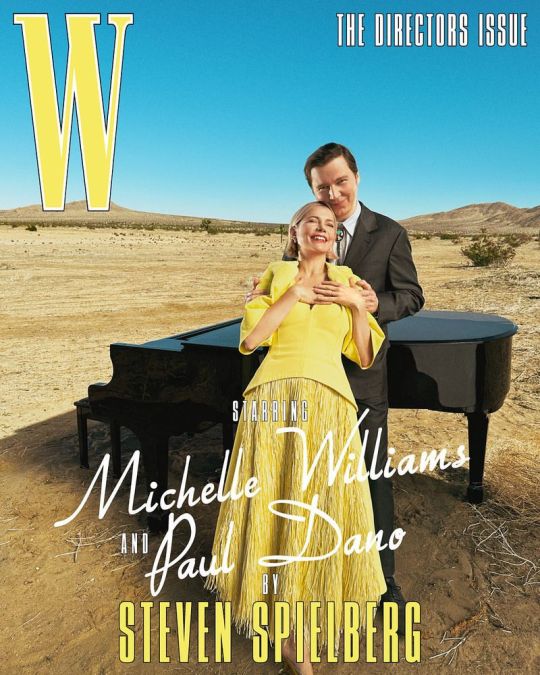

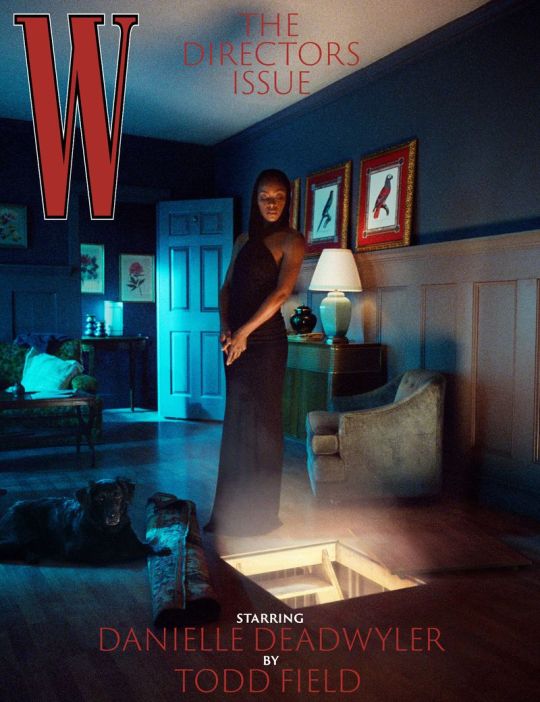
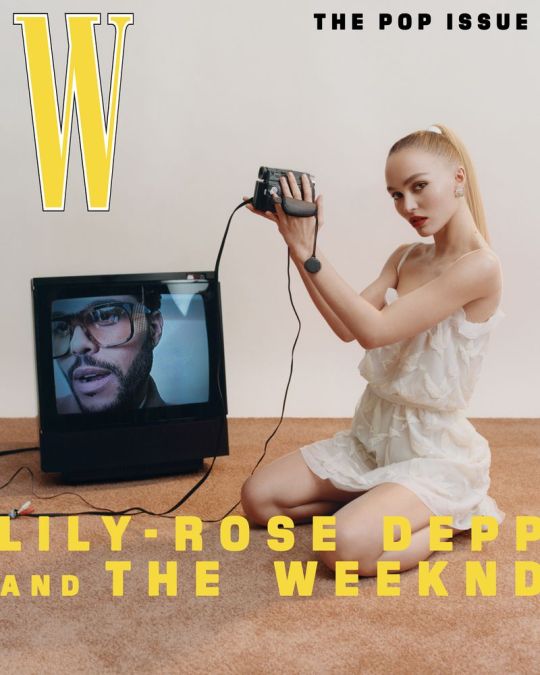



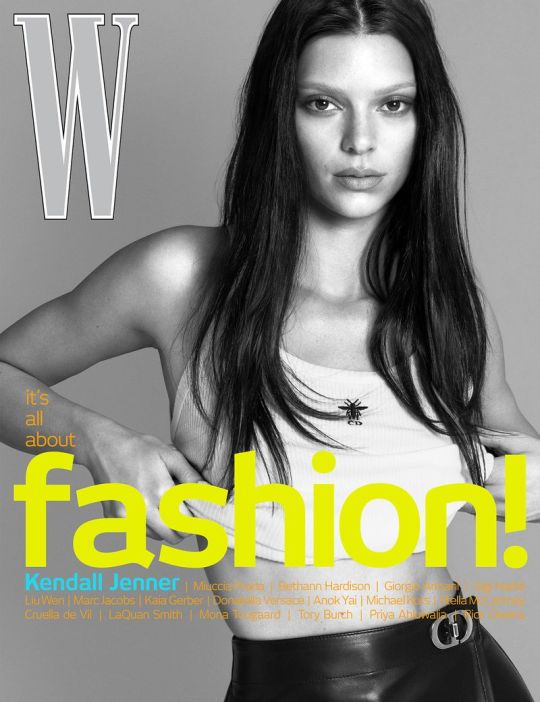

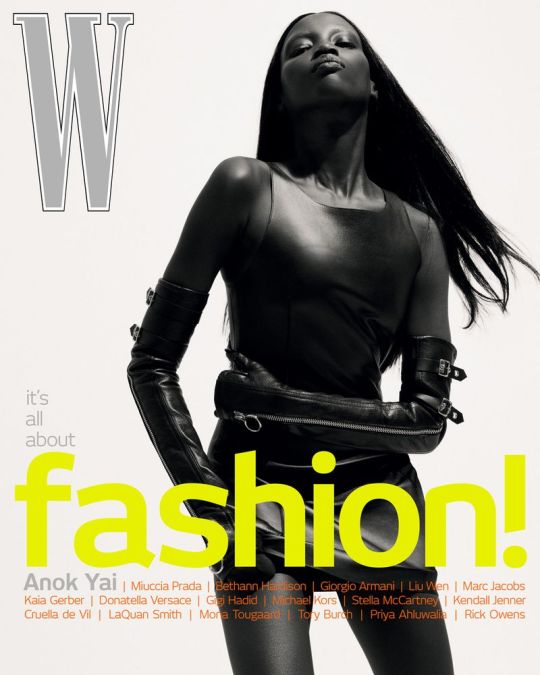

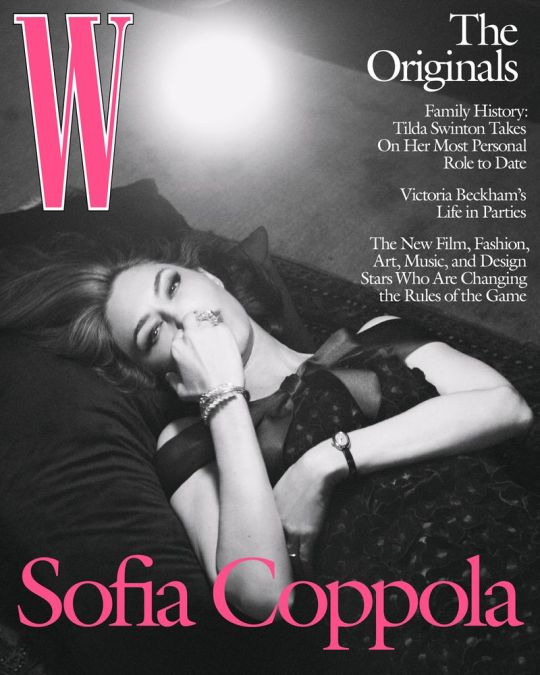
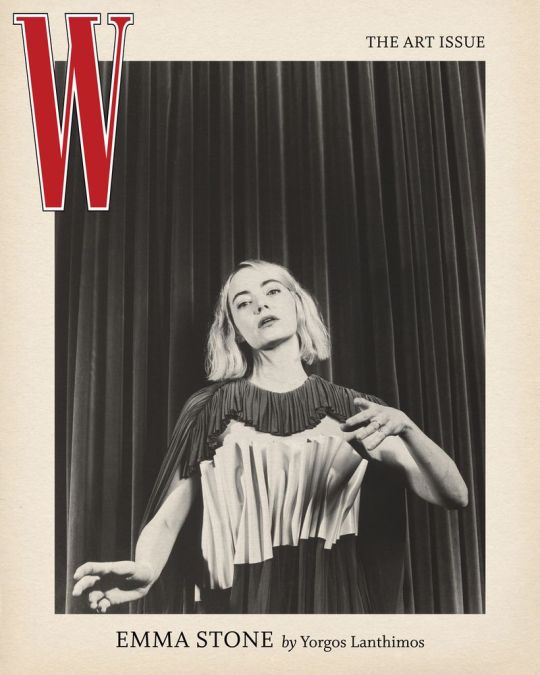
[2023 year in review ~ W Magazine]
VOL I - Ana de Armas, Austin Butler, Brad Pitt, Brendan Fraser, Cate Blanchett, Daniel Craig, Eddie Redmayne, Jennifer Lawrence, Jonathan Majors, Margot Robbie, Michelle Williams, Michelle Yeoh, Taylor Russell, Zoë Kravitz
VOL II - Danielle Deadwyler, Jennifer Coolidge, Michelle Williams, Paul Dano
VOL III - Lily-Rose Depp, The Weeknd
VOL IV - Anok Yai, Gigi Hadid, Kaia Gerber, Kendall Jenner, Liu Wen, Mona Tougaard
VOL V - Sofia Coppola
VOL VI - Emma Stone
#w magazine#ana de armas#austin butler#brad pitt#brendan fraser#cate blanchett#daniel craig#eddie redmayne#jennifer lawrence#jonathan majors#margot robbie#michelle williams#michelle yeoh#taylor russell#zoë kravitz#danielle deadwyler#jennifer coolidge#paul dano#lily-rose depp#the weeknd#anok yai#gigi hadid#kaia gerber#kendall jenner#liu wen#mona tougaard#sofia coppola#emma stone
41 notes
·
View notes
Text




73 notes
·
View notes
Text
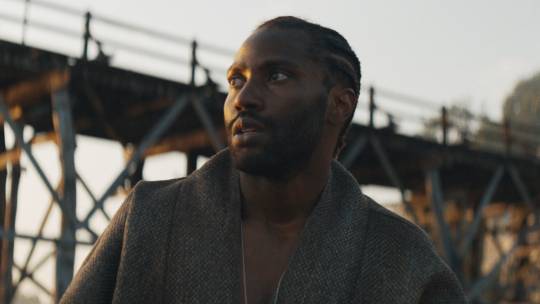
.
She looks like a little girl now, but she's growing. Whoever has that kid, wins the war.
The Creator, Gareth Edwards (2023)
#Gareth Edwards#Chris Weitz#John David Washington#Madeleine Yuna Voyles#Gemma Chan#Allison Janney#Ken Watanabe#Sturgill Simpson#Amar Chadha Patel#Marc Menchaca#Robbie Tann#Greig Fraser#Oren Soffer#Hans Zimmer#Hank Corwin#Scott Morris#Joe Walker#2023
3 notes
·
View notes
Text






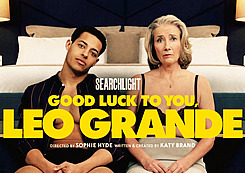

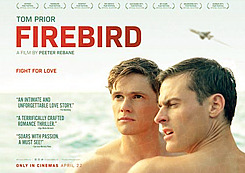
Most Underrated Movie
The Whale
Babylon
Close
Marcel The Shell with Shoes On
Cha Cha Real Smooth
Good Luck To You, Leo Grande
The Swimmers
Firebird
#the whale#babylon#close#marcel the shell with shoes on#cha cha real smooth#good luck to you leo grande#the swimmers#firebird#brendan fraser#hong chau#brad pitt#margot robbie#diego calva#sadie sink#jenny slate#emma thompson#daryl mccormack#nathalie issa#oleg zagorodnii#cooper raiff#leslie mann#dakota johnson#movies#belgium#oscars#snubs
22 notes
·
View notes
Text

NOTE: This write-up contains full spoilers after the fifth paragraph.
Killers of the Flower Moon (2023)
Leading up to the theatrical release of Killers of the Flower Moon, director Martin Scorsese went on Turner Classic Movies (TCM) to present an evening of films that inspired his approach to his latest work. The first film of that evening's primetime schedule was the short silent film The Last of the Line (1914), directed by Jay Hunt. That Western short film starred a cast of almost entirely composed of Oglala Lakota actors alongside Japanese actor Sessue Hayakawa (a major silent film star) playing the chief's son, Tsuru Aoki as an American Indian woman, and various white actors as U.S. Cavalrymen. It is an unusual piece, as it is presented almost entirely from the Lakota chief's (Joe Goodboy) perspective. Both Killers of the Flower Moon and The Last of the Line tell tales in which the ways of white Americans subsume the traditions of and irrevocably traumatize American Indians.
Unlike The Last of the Line, Killers of the Flower Moon, distributed by Paramount and Apple, is based on actual events. Adapting David Grann’s nonfiction book of the same name, Killers of the Flower Moon concentrates on the Osage Reign of Terror – a series of murders of Osage tribespeople, relations, and allies in 1920s Oklahoma. In addition to the lives of the Osage and the perpetrators of these crimes, much of Grann’s book also documents the rise of the Bureau of Investigation (BOI, which became the FBI), as they were instrumental in the investigation in a fraction of these murders. By his admission, Martin Scorsese said that his and Eric Roth’s (1995’s Forrest Gump, 2021’s Dune) initial drafts of the screenplay concentrated too largely on its white characters. Recalling his viewing of The Last of the Line back in his university days, Scorsese thought it wise to consult with members of the Osage Nation (Chief Geoffrey Standing Bear was especially helpful) over how he might better depict Osage perspectives, and empower their voices.
Scorsese is not entirely successful in this respect, and I think he would be the first to agree that he could have highlighted the Osage characters with greater attention, despite the commercial and executive constraints on this production. Scorsese would also probably be the first to agree that he is not the most appropriate person to tell the story of the Osage Reign of Terror, as he all but acknowledges in the film’s closing moments. In spite of this, Killers of the Flower Moon represents extraordinary moral and personal growth from Scorsese in how he depicts criminals and their victims. It is a delicately made film that interrogates how avarice and casual racism can lead to unconscionably serial violence – a saga not exclusive to any one American Indian tribe.
For generations before Europeans sailed to the New World, the Osage people roamed the southern Great Plains, in what are now the states of Arkansas, Missouri, Kansas, and Oklahoma. The annihilation of the American bison and the Indian Wars led to the Osage’s removal to a reservation on land that the U.S. federal government considered worthless (that reservation is coterminous with Osage County, Oklahoma). The discovery of oil on Osage territory in 1894 saw the Osage, by the 1920s, become some of the richest people per capita in the United States. After that historical context, we find World War I veteran Ernest Burkhart (Leonardo DiCaprio) returning stateside to take a job with his uncle, William King Hale (Robert De Niro), on Hale’s vast ranch. Hale, an important force in local affairs, is a friend to the Osage – he even haltingly speaks their language. Some time after, Ernest begins courting Mollie Kyle (Lily Gladstone), a full-blooded Osage who, along with her family members, owns various oil headrights. Ernest and Mollie marry. Following their marriage, a rash of homicides of wealthy Osage sends torrents of fear through the tribal community – attracting the federal government’s attention after only far too much death.
The sizable ensemble cast also includes Jesse Plemons as Tom White, a former Texas Ranger turned BOI Agent; Tantoo Cardinal as Lizzie, Mollie’s mother; John Lithgow and Brendan Fraser as the competing attorneys in the murder trials; Cara Jade Myers, Janae Collins, and Jillian Dion as Mollie’s sisters Anna, Rita, and Minnie. Only Indigenous Americans played the indigenous roles, speaking or not – also including William Belleau, Tatanka Means, Everett Waller, and the late Larry Sellers.
It is not often that I cite a film for a lack of exposition, but that is a concern early on here. Scorsese and Roth’s screenplay poorly explains a mechanism contributing to the motivations of these murders. In response to sensationalized reporting from white-owned news media about the Osage’s wealth, the federal government forced full-blooded (and some partial-blooded) Osage to enter into financial guardianships – effectively deeming them a second-class citizen or an “incompetent”, unable to spend a certain amount of money without their white guardian’s permission. In a film that progressively unfolds the plotting of its perpetrators, this is among the most malignant practices in asserting white control over the Osage. The lack of much explanation here is an unnecessary complication for non-readers already attempting to keep track of the dramatis personae and digest the various subplots of the film’s sprawling 206 minutes.
Additionally, the film does not concentrate on its Osage characters to the extent some would prefer. As various Indigenous Americans have commented, such an approach by Scorsese and Roth ensures that the film’s intended audience are all those who are not indigenous. We see little of Osage life outside of moments of racial abuse, violence, and funerals. Killers of the Flower Moon makes no attempt to explain how the formally educated Osage of Mollie’s generation (including Mollie herself) were taught in schools that forbade the speaking of the Osage language, attempting to “reform” American Indian children to fit into white society.
Yet the audience glimpses other moments: naming ceremonies, the merger of Catholic and Osage traditions in significant life events (such as marriage), and even the ritual dance in the film’s final moments. In these fragments of Osage customs, it is also noticeable how much these naming ceremonies, marriages, funerals, and other more mundane moments become less grounded in the old practices over time. The bittersweet moment where Mollie’s mother, Lizzie, meets and walks away with her departed ancestors is the moment where, for this film’s purposes, the Osage’s disconnection to the past becomes pronounced. Mollie and her fellow Osage attempt to adhere to those customs, but, with the passing of elders like her mother, the Osage ways from time immemorial are all but consigned to the history books. The depiction of the Osage is always respectful, avoiding damaging and noble stereotypes.
Despite the lack of deeper Osage representation, this is not to say the filmmakers waste an excellent Lily Gladstone as Mollie (the film’s moral center). As Mollie, who has diabetes, begins to suffer from the effects of intentionally tarnished batches of insulin, Gladstone’s involvement with the narrative recedes in the film’s closing act. But before that, Gladstone plays Mollie wonderfully with self-assured posture and gait, sly and understated humor, and a piercing silent glance at critical moments. Juxtaposed with DiCaprio’s portrayal of Ernest, one has to wonder how Mollie falls for him. If Gladstone’s performance reminds some of Olivia de Havilland’s in The Heiress (1949), that is no coincidence (Gladstone also physically resembles de Havilland somewhat). Scorsese’s portrayal of Mollie and Ernest’s relationship contains revelations and moments similar to that found in The Heiress, and that film was an invaluable reference for Scorsese and his lead actors during production.
This is not so much a glimpse into the Osage way of life in 1920s Oklahoma as it is an interrogation of how white American racism (the perpetrators, at least in this treatment, are all white) led to a series of murders committed and discussed nonchalantly. Scorsese’s Killers of the Flower Moon is more concerned with how Ernest Burkhart’s and William Hale’s obsession for wealth leads them to conspire to kill Osage tribespeople for their oil headrights. Hale is the ringleader in the murders of at least two dozen Osage (De Niro is appropriately loathsome despite playing someone who should be middle-aged); the easily-manipulated Ernest (a solid outing by DiCaprio) one of many conspirators abiding by Hale’s orders.
Scorsese has long depicted American organized crime in films like Mean Streets (1973), Goodfellas (1990), Casino (1995), and The Irishman (2019). Since The Departed (2006), there has been a noticeable evolution in how Scorsese frames his criminal protagonists. All of these films, to some extent, concern themselves with how unchecked male egos – rife with delusions of self-grandeur and sexual gratification – descend into violence and moral depravity. Yet over the last decade and a half in films like The Departed and The Wolf of Wall Street (2013), but especially The Irishman, Scorsese has leaned into his Catholic upbringing to express his characters’ sense of profound guilt. Whether or not there is true repentance in the face of their actions stirs open questions and vociferous debates about the morality of these characters or, sometimes, Scorsese’s filmmaking itself.
As dead flies give perfume a bad smell, so a little folly outweighs wisdom and honor.
Ecclesiastes 10:1
It does not happen often in the film, but Scorsese shows both De Niro’s Hale, DiCaprio’s Ernest, and their fellow conspirators swatting away flies multiple times in Killers of the Flower Moon – usually just after or before committing or discussing a murder or some other heinous action. Flies appear to indicate the corrupted souls of this film, a Biblical personification of sin and lack of remorse. The white characters' casual conversations about violence against the Osage and their refusal to take responsibility for all of their misdeeds – including Ernest, despite testifying against his uncle at the federal trial – suggests that such attitudes towards American Indians were widely-held. Though the U.S. government is no longer engaging in a formal war against Indigenous Americans and Klansmen no longer parade down the streets of Osage County without anyone blinking an eye, a violent epidemic against Indigenous Americans still persists.
The tremendous efforts of BOI Agent Tom White and the federal prosecutors to bring Hale, Ernest, and their associates to justice were a drop in the bucket in respect to sheer amount of suspicious deaths among the Osage from the late 1910s to the early 1930s. Scores, perhaps hundreds, of other murders or Osage tribespeople were never investigated or listed inaccurately as accidents, suicide, or reasons unknown. One aspect of the narrative that Scorsese holds over the book’s original author, David Grann, is that Scorsese’s treatment repudiates any notion of a white savior. Scorsese downplays White’s role, in comparison to his treatment in Grann’s book (which, because it is also a chronicle of the rise of what would become the FBI, reads almost like a procedural). It is the Osage who save themselves – they are the ones who gather the money to lobby and pay for the federal investigation.
Scorsese’s collaborators behind the camera provide incredible artistry. Mexican cinematographer Rodrigo Prieto (2000’s Amores perros, The Irishman) has had a banner year, alongside his work on Barbie (2023). Prieto demonstrates a visual mastery in a variety of scenarios: widescreen landscapes of the prairies with oil derricks far in the background, sweeping crane and dolly shots in scenes teeming with activity, and tense closeups of white and Osage faces. But what would Prieto’s work be without editor Thelma Schoonmaker (1980’s Raging Bull, 2011’s Hugo)? Schoonmaker, a Scorsese regular, can take what, on paper, should be a meandering narrative and turn it into a movie with a distinctive rhythm and storytelling efficiency – even if it runs almost three-and-a-half hours. To keep Killers of the Flower Moon’s 206 minutes (without intermission, which I find ableist even though I never left my seat in the cinema) comprehensible and never tedious is among Schoonmaker’s crowning achievements an editor.
Meanwhile, costume designer Jacqueline West (2001’s Quills, 2022’s Dune) asked Julie O’Keefe, an Osage Nation member, to serve as a costume cultural adviser. Together, the two called upon the Osage Nation to help in researching what the Osage would have worn in the 1920s. West, for her work in The Revenant (2015), had previously undertaken research on the clothing of Plains Indians. But collaborating with O’Keefe made West realize how the costume design in Killers of the Flower Moon needed to be specifically Osage. Osage artisans sewed together all the Osage blankets, garments, and shawls seen in this film. The unusual collaboration between West and O’Keefe lends to Killers of the Flower Moon a visual authenticity magnificent to behold.
When it comes to music in a Martin Scorsese movie, Scorsese tends to rely on preexisting music to establish the setting. Noteworthy original scores are not a given in Scorsese films (Bernard Herrmann’s score to 1976’s Taxi Driver and Howard Shore’s for Hugo the outliers). Robbie Robertson (guitarist/songwriter for The Band, in addition to his solo Americana music and rock career) is the composer here, but his score barely warrants notice. Like O’Keefe, Robertson also collaborated with Osage musicians to implement their musical traditions with his blues-influenced electric guitar. The electric guitar and Hammond organ lines might, in other hands, be glaringly anachronistic and inappropriate for the purposes of a project like Killers of the Flower Moon. However, Scorsese elects for minimal use of music, relegating Robertson’s score as nothing but aural wallpaper to fit a scene – without narrative or thematic development, in service of “vibes”. Most modern film critics might consider this “effective” composing; I deem it uninteresting in the context of the movie and otherwise. If anything, the music that stands out most in this film was composed and performed by the Osage themselves.
The criminals inhabiting a Scorsese movie used to, despite their deeds, possess a swagger to their criminality. Since The Irishman, that criminal swagger is no longer. With the depiction of the Osage characters and their loved ones, Scorsese offers the viewpoints of the victim’s survivors to a substantial degree for the first time. Though perhaps not as developed as one might wish, to include these views is a sort of personal artistic penitence for Scorsese.
In the penultimate scene of Killers of the Flower Moon, we find ourselves in a production of the radio show The Lucky Strike Hour, with the performers wrapping up an episode covering the Osage Reign of Terror. The Lucky Strike Hour was produced in conjunction with the BOI/FBI to dramatize real-life cases. The program lionized J. Edgar Hoover (who headed the BOI/FBI from 1924-1972) and glorified the processes of the Bureau and policing at-large. One by one, the performers read off the fates of the main figures to wind down the epilogue: the Shoun brothers; Byron Burkhart (Ernest’s younger brother); Ernest; Hale. Finally, up steps Martin Scorsese to the microphone, breaking the fourth wall. He reads a few sentences about Mollie. Mollie Burkhart remarried after divorcing Ernest and died of diabetes in 1937. Despite the murders of her sisters, potential murder her mother, and Ernest’s confession, her obituary made no mention of the Osage murders.
Scorsese looks at the audience.
Cut to a modern-day Osage ceremony. So they remain.
For more than a century, Hollywood films concerning American Indians like The Last of the Line and Killers of the Flower Moon have been told by non-indigenous storytellers. Similar situations exist in other narrative artforms. These works have almost always been narratives about the damage done to Indigenous Americans’ lives due to the encroachment of non-indigenous people. As honestly and nobly as Jay Hunt and Martin Scorsese attempted to make a movie about American Indians, there is a moral dilemma in presenting Indian suffering as a form of entertainment. Scorsese acknowledges this in his reading of Mollie’s epilogue, reclaiming that space from the radio show away from J. Edgar Hoover and the BOI/FBI.
In a film industry so rife with performative nods to diversity without due action, he also must have intuited this dilemma of depicting Indigenous American suffering when he first approached the Osage Nation for assistance on this movie. So why bother to make Killers of the Flower Moon if he is not the most suitable person to tell a story that concerns the Osage?
My answer might not be the one you wish to read. The environment that fosters narrative art, in any medium, prefers dramatic obligations over moral ones. Scorsese’s Killers of the Flower Moon is an attempt to bend that dynamic – to expose, in harsh lighting, the complicity of those who facilitated these murders and those who, even to the slightest degree, benefitted from these tragic events. Those beneficiaries include Martin Scorsese and his non-indigenous cast and crew for making this film. Perhaps this sort of moralism is too absolute for you, the reader. Yet, with those final moments of Killers of the Flower Moon, such questions were certainly on the filmmakers’ minds. It is a perilously risky ending that I found deserved and poignant.
The Osage of Reign of Terror was once an American media sensation. Before the publication of Grann’s book and in the century since, it has largely been forgotten outside members of the Osage Nation. It is valuable to debate who should author something like Killers of the Flower Moon (the book and the movie) and how they do so. The greater good is that we learn about the inhumanity of these murders and the humanity of the victims and those who tried to stop these killings. The winds across the Oklahoma prairie whisper in remembrance, and the least we should do is listen.
My rating: 9.5/10
^ Based on my personal imdb rating. My interpretation of that ratings system can be found in the “Ratings system” page on my blog. Half-points are always rounded down.
For more of my reviews tagged “My Movie Odyssey”, check out the tag of the same name on my blog.
#Killers of the Flower Moon#Martin Scorsese#Leonardo DiCaprio#Robert De Niro#Lily Gladstone#Jesse Plemons#Tantoo Cardinal#John Lithgow#Brendan Fraser#Cara Jade Myers#JaNae Collins#Jillian Dion#Tatanka Means#Rodrigo Prieto#Thelma Schoonmaker#David Grann#Eric Roth#Robbie Robertson#My Movie Odyssey
3 notes
·
View notes
Text





#taggart#james macpherson#john michie#colin mccredie#blythe duff#michael jardine#robbie ross#stuart fraser#jackie reid#mike jardine#tvedit#tvgifs#mysteryedit#crimedramaedit#ukdramaedit#uktvedit#uk tv shows#uk drama#tv#gifsets#gifset#gifs#made by beautywithin16#episode: bloodlines#character: michael jardine#character: robbie ross#character: stuart fraser#character: jackie reid#jardine era#mjsre
3 notes
·
View notes
Text

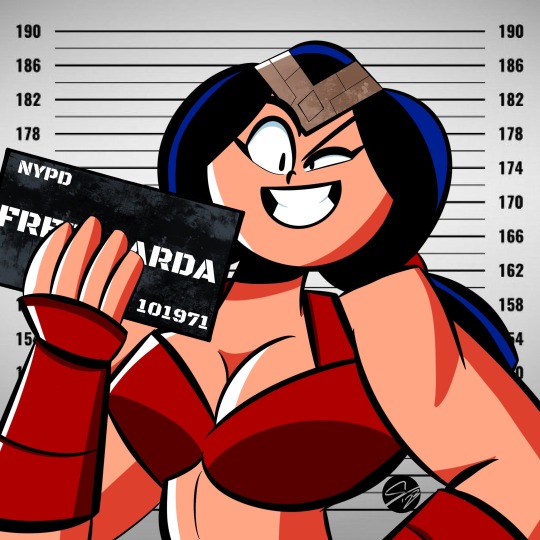
Partners in Crime.
New Gods trying to adjust to new life.

Based on the hilarious mugshot from the Barbie movie!
Done via Procreate
#artists on tumblr#procreate#dc comics#jack kirby#mister miracle#scott fraser#big barda#fourth world#new gods#barbie#Ken#margot robbie#ryan gosling#warner bros#mugshot#meme
3 notes
·
View notes
Text










📸 Pre-season training has begun at Auchenhowie.
#rangers fc#rangers#glasgow rangers#rangers football club#rangersfc-1872#rangersfc#preseason#pre season#preseason training#training#2024/25#2024/25 season#ClementEra#clement era#danilo#todd cantwell#nicolas raskin#scott wright#oscar cortes#connor barron#robbie fraser#ridvan yilmaz#jack butland#dujon sterling
3 notes
·
View notes
Text
If anyone didn't see the entire plot of the cancelled "Batgirl" movie was posted on various social media sites last night. It does seem to be correct as some have now taken down the posts and it matches the filming spoilers we got, the behind the scenes pictures, and some posted that did see test screenings that it matched what they saw. I read it last night in a Twitter thread and while some say it was a generic plot you have to remember this was supposed to be a streaming only movie on HBO Max aka what used to be called TV movies. They're not supposed to be shown in theaters and it is more like what you would see on a TV show. That being said the plot made sense to me and like what you would see on the DC shows I was a fan of and like a 2 hour pilot to start a "Batgirl" show. You also have to remember that Keaton's Batman was supposed to stay in the DCEU after "The Flash" and "Batgirl" was supposed to release after that movie and the timelines merged so that was why Margot Robbie's Harley Quinn movies existed in Batgirl's timeline too and they showed Harley's baseball bat and mallet. It's a shame we'll likely never see it as I think it's now illegal here in the US since they did it as a tax write off. Sounds like Leslie, Keaton, and Brendan Fraser's Firefly were the standouts too.
#batgirl#barbara gordon#leslie grace#michael keaton#batman#bruce wayne#brendan fraser#firefly#harley quinn#margot robbie
4 notes
·
View notes
Text
FLOWER MOON SHADOW
Opening this weekend:

Killers of the Flower Moon--In the 1870s the Osage Nation settled on a large reservation in northeastern Oklahoma consisting of land thought to be of little value. But in the late 1890s, it was discovered to be sitting on an ocean of oil. Because the Osage had retained mineral rights to the land, by the early '20s they found themselves to be the wealthiest people, per capita, on the planet.
It need hardly be said that opportunistic white folks moved in fast to snatch this bounty through a variety of schemes, perhaps the vilest being the practice of marrying into an Osage family and then murdering the spouses and other heirs. Because the case was eventually broken by the nascent FBI, the story was briefly dramatized as one episode in The FBI Story, Mervyn LeRoy's 1959 chronicle (and whitewash) of the Bureau, starring James Stewart.
Martin Scorsese's account is not so brief. Scripted by Eric Roth and Scorsese from David Grann's 2017 book, the director's three-hour-plus Killers of the Flower Moon is an epic nightmare, solemn and heartbroken yet charged up with a fierce and sweeping vitality. The style feels different from his previous work, yet somehow it's still unmistakably a Scorsese picture.
The focus here is on Ernest Burkhart (Leonardo DiCaprio), a WWI vet who arrives in Osage country to work for his uncle, the cattle rancher William King Hale (Robert DeNiro). Ernest soon marries an Osage woman named Mollie Kyle (Lily Gladstone) and starts a family with her. A dull, malleable sort, Ernest seems to genuinely love Mollie, yet all the while they're married he's secretly serving as a thuggish henchman for the sanctimonious Bill Hale, who condescendingly professes love for the Osage while conspiring in the deaths of Mollie's mother and sisters and others in the community. Eventually and inevitably, Mollie also becomes a target of Bill's plans.
Killers is shot in chilly shades of gray and sepia by Rodrigo Prieto, edited by Scorsese's longtime collaborator Thelma Schoonmaker and moved along by a brilliant, pulsing score by Robbie Robertson, to whose memory the film is dedicated. Yet despite the presence of these cronies, this isn't business as usual. Scorsese doesn't give us the kinetic flashiness of his gangster sagas here. There's no darting, antic camerawork, no wall-to-wall narration.
But this isn't a staid historical drama either; the tone is feverishly immediate and chaotic, almost hallucinatory at times, and there's a tinge, especially in the scenes between DiCaprio and DeNiro, of deeply grim comedy. Scorsese's comic edge doesn't distance us from the horror, either, as perhaps it could be accused of doing in Goodfellas or Casino. The murders and other violence are presented with an angry bluntness, as nothing but sordid, wasteful and evil.
Essentially, what Scorsese gives us here is a vision of life in hell, not just a hell of butchery and menace, though this is amply depicted, but of the fractured spirit and toxic guilt generated by racial terrorism and piracy. The agony of this life is reflected in the superb performances of DiCaprio and the serene, gravely beautiful Lily Gladstone. DeNiro is at the top of his form as the genially satanic Bill Hale, and the enormous cast includes fine turns by Tantoo Cardinal, William Belleau, Cara Jade Myers, Brendan Fraser, Scott Shepherd, Sturgill Simpson, Katherine Willis and Barry Corbin, among many others. John Lithgow appears as a prosecutor; he's always welcome but gets less of a chance than usual to flex here.
There's also a strong supporting performance by Jesse Plemons as Tom White, the Texas Ranger turned G-Man who led the BOI (later FBI) investigation. The case was an early success for the Bureau, depicted here as a largely unknown agency at the time (Grann's book is subtitled The Osage Murders and the Birth of the FBI), and Plemons, speaking softly and politely but firmly from under his Stetson, lightens this bleak and grueling movie's mood just enough to get us through; we at last feel a dawning of hope for justice and salvation. He shows up just in time.
One more note: I was expecting, and hoping for, the usual afterword before the end credits, explaining what ultimately became of these people. Kudos to Scorsese for coming up with a more creative and witty way to present this information. It's an ingenious coda to this great and terrible American tale.
#killers of the flower moon#martin scorsese#leonardo dicaprio#robert de niro#lily gladstone#jesse plemons#robbie robertson#david grann#eric roth#john lithgow#brendan fraser#tantoo cardinal
1 note
·
View note
Text
Critics Choice Awards 2023 | Lista de nominados en cine
'Todo en Todas Partes al Mismo Tiempo' lidera las nominaciones de los Critics Choice Awards. Aquí te dejamos la lista completa.
Ya se revelaron las nominaciones en cine de la edición número 28 de los Critics Choice Awards, cuya ceremonia se llevará a cabo el 15 de enero. Para el gusto de muchos, Todo en Todas Partes al Mismo Tiempo lidera las nominaciones con 14, con la sorpresa de que al contrario de otros premios, se incluyó a Stephanie Hsu en Mejor Actriz de Reparto. Le sigue Los Fabelman de Steven Spielberg con 11 y…

View On WordPress
#Angela Bassett#Austin Butler#Brendan Fraser#Cate Blanchett#Colin Farrell#Critics&039; Choice Awards#James Cameron#Margot Robbie#Michelle Williams#Michelle Yeoh#Sadie Sink#Stephanie Hsu#Steven Spielberg#Tom Cruise#Viola Davis
0 notes
Text
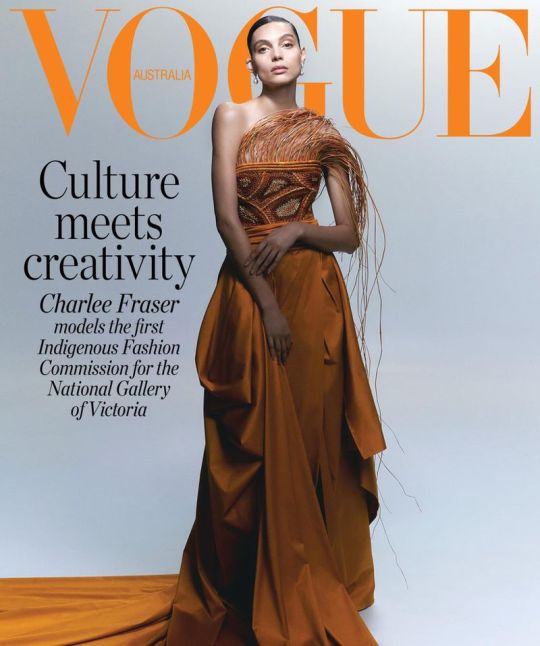
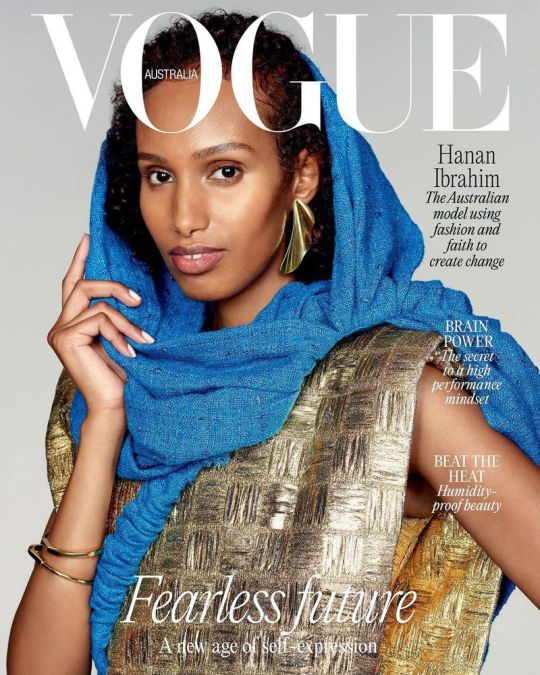



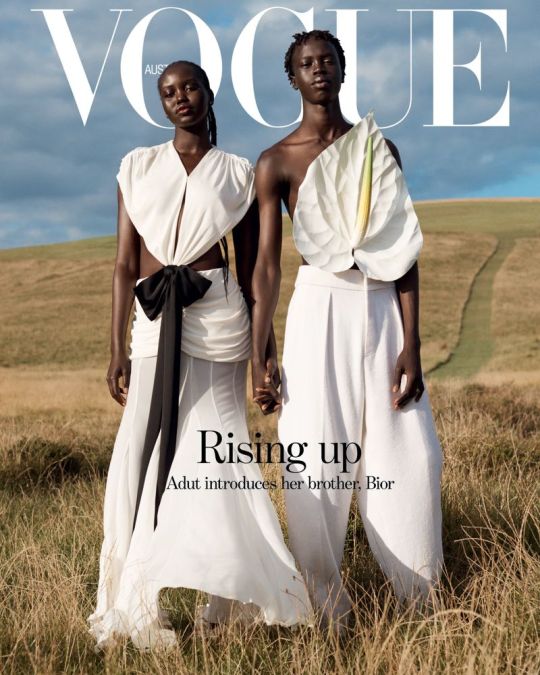

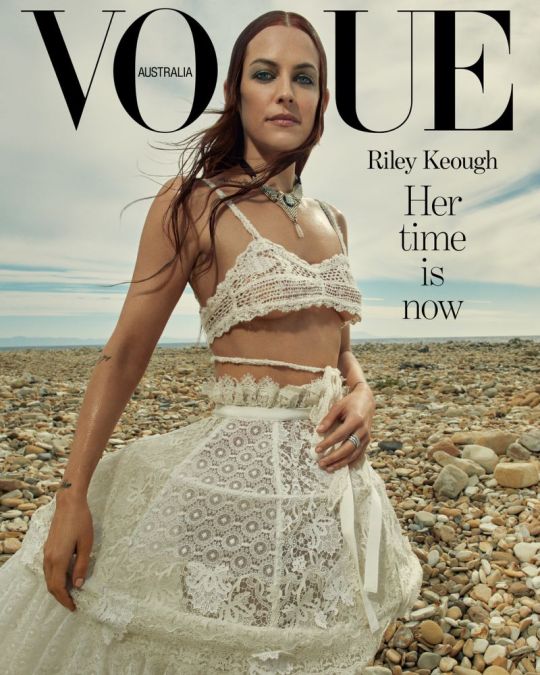

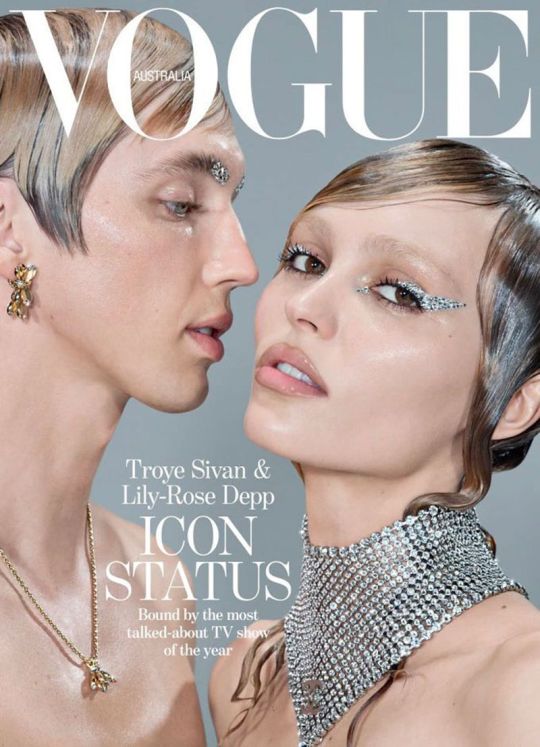
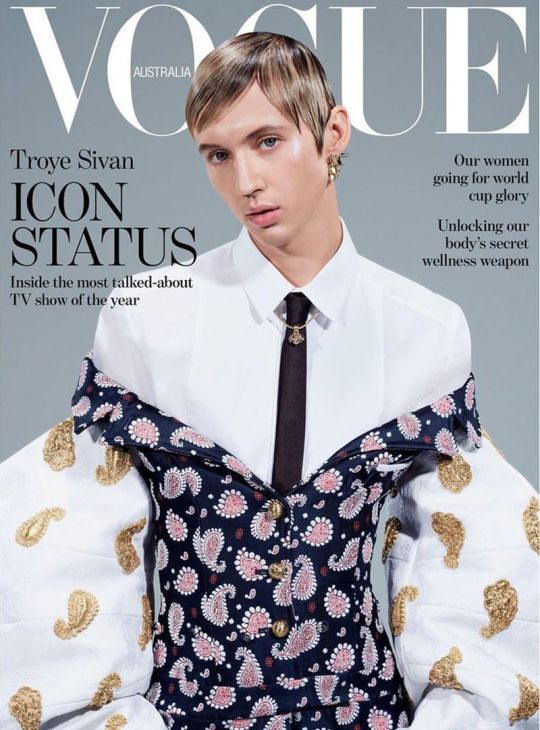








[2023 year in review ~ Vogue Australia]
JAN - Charlee Fraser, Hanan Ibrahim
FEB - Basjia Almaan, James Majoos, Manahou Mackay, Lyndon Watts, Georgia Harper
MAR - Hailey Bieber
APR - Adut Akech, Bior Akech
MAY - Riley Keough
JUN - Rita Ora, Taika Waititi
JUL - Lily-Rose Depp, Troye Sivan
AUG - Margot Robbie
SEP - Tarlisa Gaykamangu
OCT - Kylie Minogue
NOV - Florence Pugh
DEC - Emily Ratajkowski
#vogue australia#charlee fraser#hanan ibrahim#basjia almaan#james majoos#manahou mackay#lyndon watts#georgia harper#hailey bieber#adut akech#bior akech#riley keough#rita ora#taika waititi#lily-rose depp#troye sivan#margot robbie#tarlisa gaykamangu#kylie minogue#florence pugh#emily ratajkowski
10 notes
·
View notes
Photo

Celebrities
This seems as good a moment as any to remind you that this is a quantitative list. You've yelled about these people a lot this year.
Elon Musk +14
Pedro Pascal +14
David Tennant +46
Neil Gaiman +15
Michael Sheen +92
Margot Robbie
Misha Collins +2
Bella Ramsey
Ryan Gosling
Martin Scorsese
Joseph Quinn -9
Jensen Ackles +2
Greta Gerwig
Jenna Ortega
Kit Connor +12
Chris Evans -11
Daniel Craig
Henry Cavill +2
Taika Waititi -13
Taylor Zakhar Perez
Nicholas Galitzine
Noah Schnapp +23
Rhys Darby -5
Sebastian Stan -11
Ryan Reynolds +39
Joe Keery -15
Robert De Niro
Mads Mikkelsen
Hugh Dancy +19
Sam Reid
Lynda Carter
Zendaya -20
Brendan Fraser
Lily-Rose Depp
Tenoch Huerta
Jacob Anderson
Oscar Isaac -30
Michelle Yeoh
Hayden Christensen -7
Nick Offerman
Emma Myers
Ke Huy Quan
Cillian Murphy
Ewan Mitchell
Tom Holland -41
ND Stevenson
Riz Ahmed
Joe Locke -7
Joey Batey -13
Michael Cera
Tom Hiddleston -21
Oliver Stark +38
Freddy Carter
Ayo Edebiri
Queen Elizabeth II -54
Keanu Reeves -12
Jeff Satur
Chris Pine -41
Marilyn Monroe +7
Ryan Guzman +39
Dana Terrace -28
Ana de Armas +26
Kit Young
First Kanaphan
Florence Pugh -44
Amita Suman
Selena Gomez +4
Jack Wolfe
Guillermo Del Toro
Rian Johnson
Harvey Guillén -1
Matt Smith -35
Khaotung Thanawat
Jeremy Allen White
Anne Hathaway +9
Sydney Sweeney -16
Halle Bailey
Omar Rudberg
Edvin Ryding
Issa Rae
Jennifer Coolidge
Gwendoline Christie
Wang Yibo -2
Glen Powell
Jamie Lee Curtis
Apo Nattawin -33
Jodie Whittaker -28
Andrew Garfield -85
Letitia Wright
Timothée Chalamet -55
Tom Sturridge -53
Ncuti Gatwa
Anya Taylor-Joy +7
Alexandra Daddario
Angela Bassett
Hugh Grant
Jamie Campbell Bower -40
David Jenkins -26
Scarlett Johansson -16
Jason Sudeikis
The number in italics indicates how many spots a name moved up or down from the previous year. Bolded names weren’t on the list last year.
1K notes
·
View notes